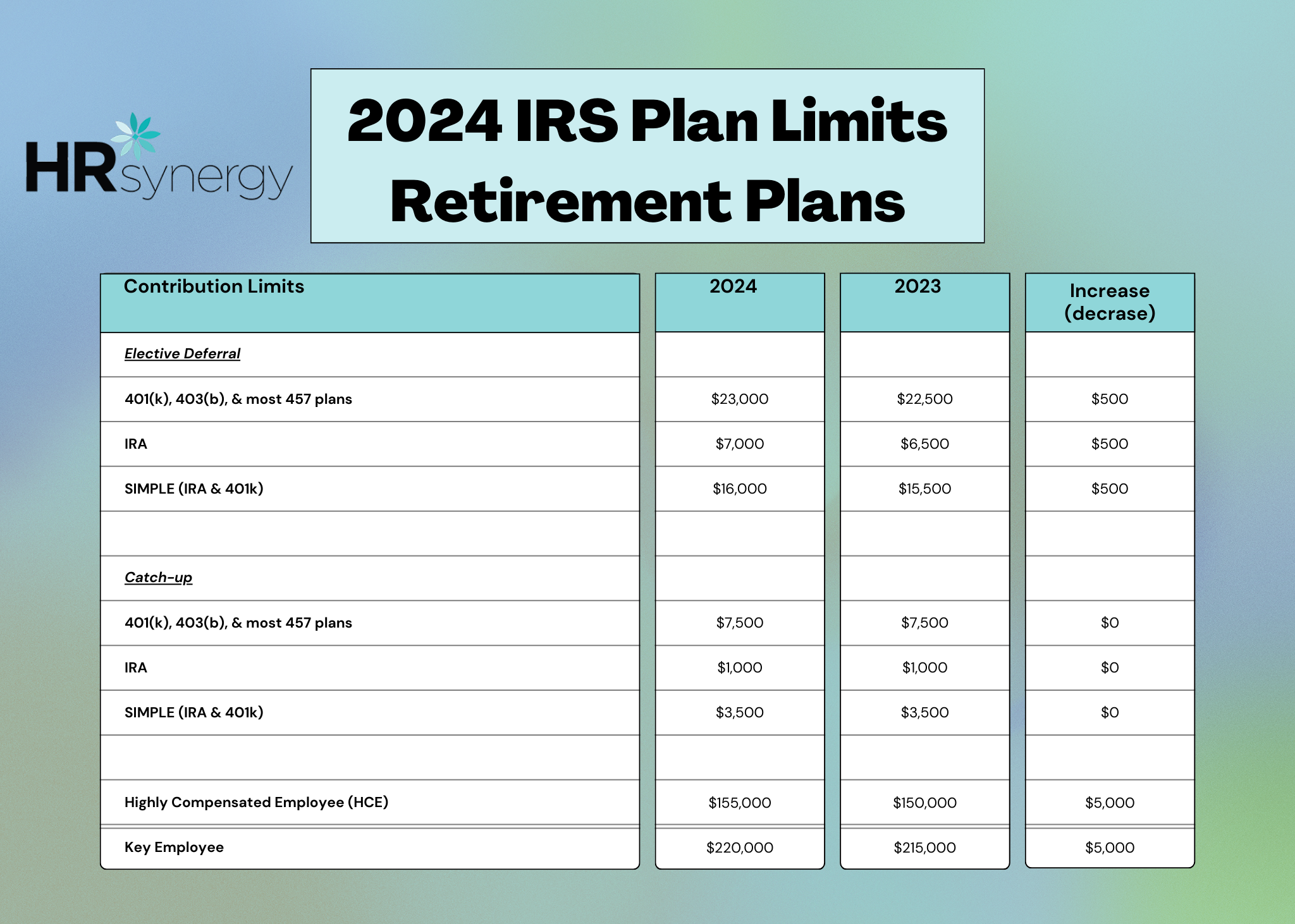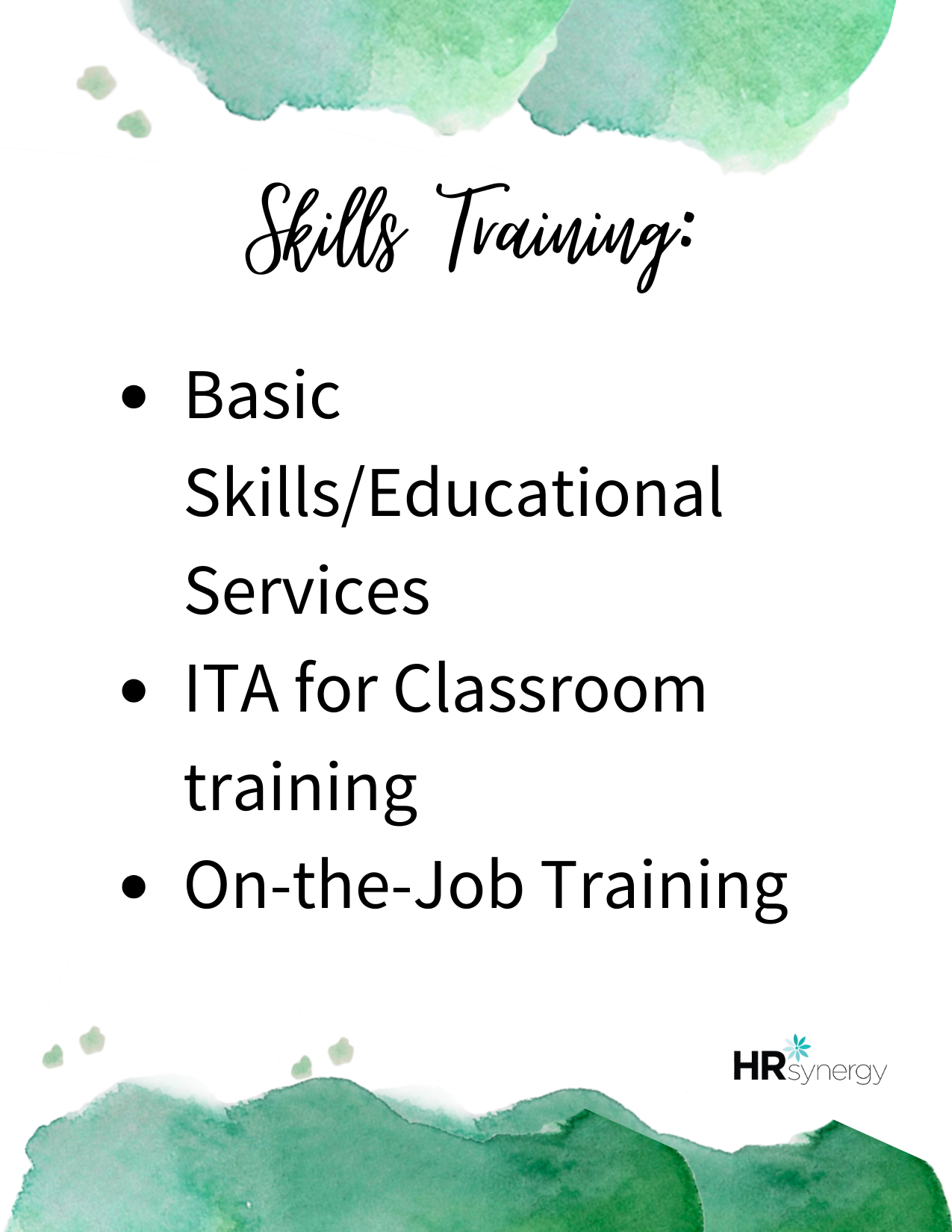Now is the time to start planning for your year! It is time to create your annual plan and be sure to include manager trainings, update Employee Handbooks, review compensation structure for possible adjustment that may need to be made to attract and retain valuable employees, and start thinking about your recruitment endeavors for the year.
An annual human resources plan (AHRP) outlines the objectives and goals of HR for the year and helps your organization evolve with the changing market. Why do you need an annual HR plan? It is a tactical tool that assists the HR department in aligning its endeavors with the organization’s business goals. A well-constructed AHRP confirms that the organization places the correct people with the correct expertises in the correct positions. Additionally, it can pinpoint and address possible HR issues. When an AHRP is thought out, it betters employee engagement and productivity. Lastly, employee turnover is decreased if your AHRP is well structured.
As you begin to design your AHRP, you might want to consider the predicted biggest HR trends in 2024. The eight significant trends impacting HR this year include generative AI, growing numbers of Generation Z entering the workplace and millennials shifting into management, balancing HR technology and data protection, administering flexible work arrangements, strikes and industrial action, upskilling and reskilling employees, office experience built for collaborative productivity, and staff retention. An additional item to include in your annual plan is manager trainings. It is vital that you make sure your managers have the proper tools to be effective managers. Did you know that WE DO THESE TRAININGS!?! Be on the lookout in our next newsletter and on social media for a list of our 2024 Trainings open to all! (See our previous Manager Series blogs 1, 2, and 3 for training ideas.) Contact us at HR Synergy for more information about our trainings and for us to help you formulate your 2024 HR resources plan; we will help you consider these trends as we aid in the construction of your annual human resources plan (AHRP).
It is also a great time to update your Employee Handbooks! We are happy to help you –reach out today!
Are you aware of the employment law changes in 2023?
- Use of non-compete agreements
- Pay transparency
- Protections for employees struggling with their mental health conditions
- Pregnant Workers Protection Act
- Pump Act
- Use of artificial intelligence
As you update your handbooks, consider these five pointers. First, review your handbook regularly and it will not be overwhelming. Next, ensure that policies mirror real life and are easily understood. Legally review your handbook. Lastly when you distribute handbooks, include proof of receipt and properly train management on handbook policies.
Do you need Compensation Statements? HR Synergy can help!
Lastly, it is never too early to start thinking about your recruitment techniques! While early January typically is slow, the following months are full of job opportunities. The best summer interns land summer internships quickly, so you don’t want to miss out. You should start putting together a plan for what you want and need for the summer internship season to ensure that you post timely and land the best candidates. You do not have additional steps to worry about if you post internships that pay at least minimum wage. However, if your internship is under minimum wage and/or for course credit, you have two additional steps required before posting. You must complete the approval form from the Department of Labor for your business and approval for the specific position. These approvals are only good for one year and you must reapply for approvals annually. The Department of Labor’s FAQ page has helpful information as well. There are two sites that we recommend posting your internship opportunities: www.internships.com and https://joinhandshake.com. HR Synergy has a dedicated Recruitment team ready to help with all your recruitment needs and answer any questions!










